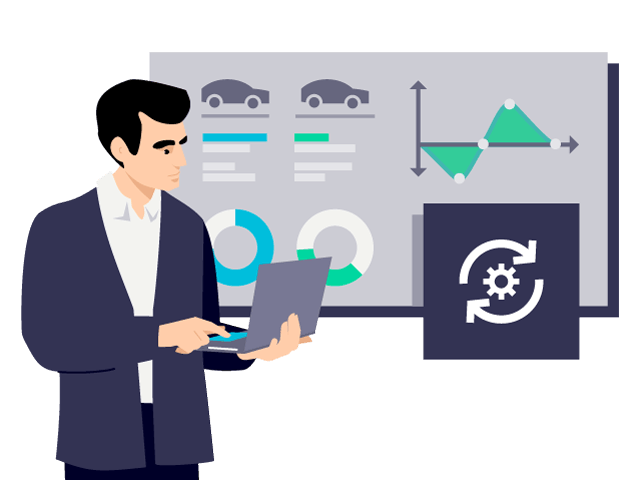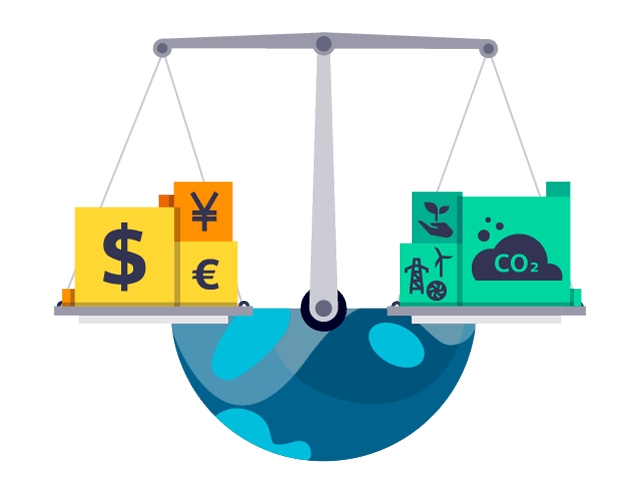Build sustainable and profitable products
Make informed decisions to drive down carbon emissions, reduce product costs and address customer value demands.
Maximize profits with product cost management
Calculate costs for new products, tools and quotations early in the product lifecycle. Quickly identify cost drivers and easily simulate and compare alternatives. Predict future product costs and prices using the profitability calculation to secure product investments.

Support cost engineering for purchased parts and tools
Run reliable cost estimates of supplier parts by modeling the production process from the bottom-up. Determine the cost drivers associated with each process step. Using product cost management, you can manage cost structure and value engineering with suppliers. Based on estimates, you can negotiate future target prices or purchase prices based on reliable cost details.

Measure and manage product carbon footprints
Create an immediate, visible link between product cost and CO2e emissions. By aggregating product carbon footprint emission factors along the value chain, you can identify the most important levers that will yield the greatest savings. Then, you can analyze the impact as a trade-off between the product carbon footprint, profit margin and customer value.

Festo
Festo identifies and specifies target costs
Company:Festo
Location:Esslingen, Germany
Siemens Software:Teamcenter
